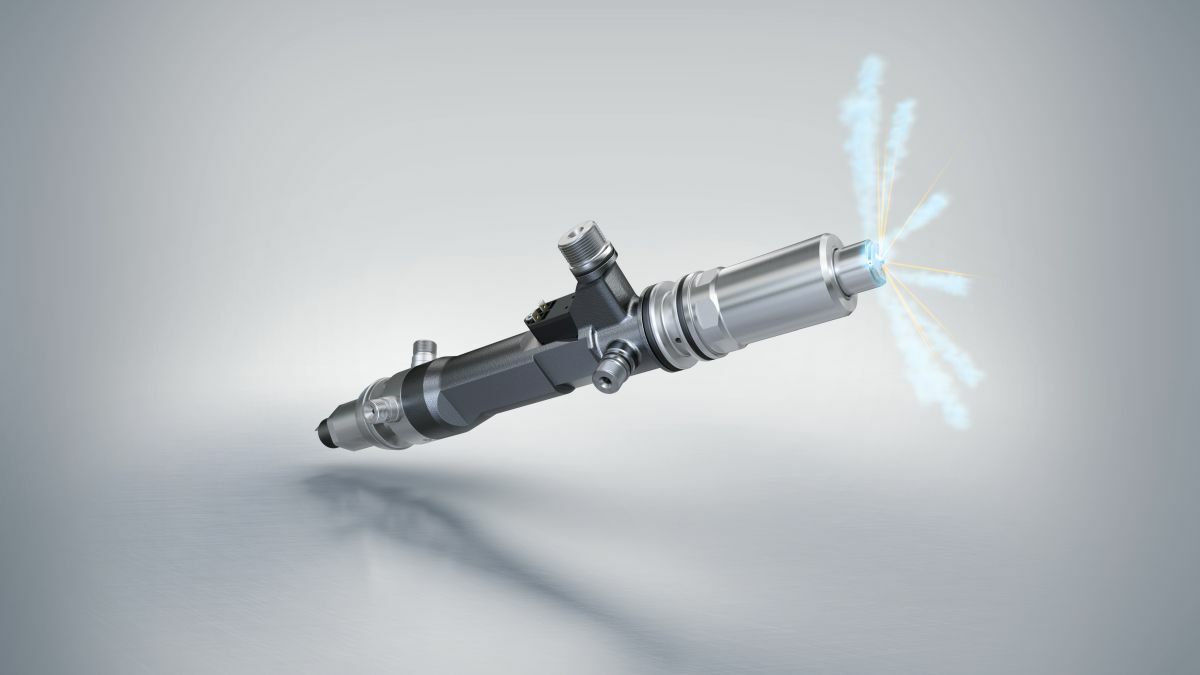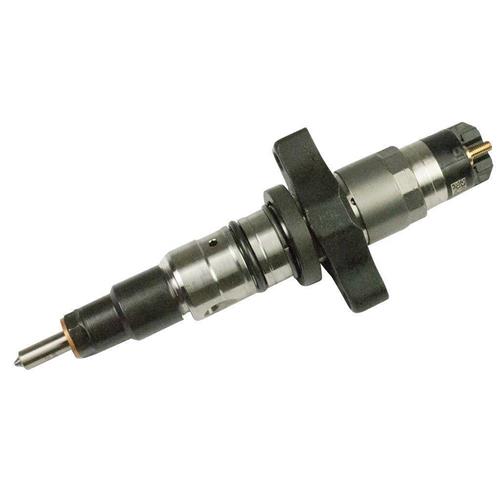Excitement About Best Injector Cleaner
Table of ContentsLittle Known Facts About Best Injector Cleaner.The Main Principles Of Best Injector Cleaner Best Injector Cleaner Fundamentals Explained
A cutaway model of a petrol direct injected engine Fuel injection is the introduction of fuel in an internal combustion engine, a lot of frequently vehicle engines, by the ways of an injector. This post concentrates on fuel injection in reciprocating piston and rotary piston engines. All Diesel (compression-ignition) engines usage fuel injection, and lots of Otto (spark-ignition) engines use fuel injection of one kind or another.
Usually, the only thing in typical all fuel injection systems have is the lack of carburetion. There are two primary functional concepts of mix development systems for internal combustion engines: internal mixture development, and external mixture formation. A fuel injection system that uses external mix development is called a manifold injection system; there exist 2 kinds of manifold injection systems: multi-point injection (port injection), and single-point injection (throttle-body injection).
There exist a number of various varieties of both direct and indirect injection systems, the most typical internal mix formation fuel injection system is the common-rail injection system, a direct injection system. best injector cleaner. The term electronic fuel injection refers to any fuel injection system having an engine control unit. An ideal fuel injection system can exactly supply exactly the best amount of fuel under a all engine operating conditions.
In practice a perfect fuel injection system does not exist, but there is a substantial variety of different fuel injection systems with particular advantages and disdvantages. The majority of these systems were rendered outdated by the common-rail direct injection system that is nowadays (2020) used in many automobile. Common-rail injection allows gas direct injection, and is even much better matched for diesel motor fuel direct injection - best injector cleaner.
When creating a fuel injection system, a range of aspects needs to be thought about, including: All fuel injection systems consist of three fundamental components: they have at least one fuel injector (sometimes called an injection valve), a device that creates sufficient injection pressure, and a device that meters the right amount of fuel.
The Ultimate Guide To Best Injector Cleaner

Early mechanical injection systems (except air-blast injection) usually used injection valves (with needle nozzles) in go to my site combination with a relatively advanced helix-controlled injection pump that both metered the fuel, and produced the injection pressure. They were appropriate for periodically injecting multi-point injection systems in addition to all sorts of conventional direct injection systems, and chamber-injected systems.
In contemporary engines, the fuel metering and injection valve actuation is typically done by the engine control system (best injector cleaner). For that reason, the fuel injection pump does not need to meter the fuel or actuate the injection valves; it just requires to supply injection pressure. These modern systems are used in multi-point-injected engines, and common-rail-injected engines.
The summary below shows the most common kinds of mixture development systems in internal combustion engines. There are numerous various methods of characterising, organizing and describing fuel injection systems, the clade is based upon a distinction between internal and external mix formation systems. Mixture development systems Internal mix formation Indirect injection Direct injection Hydraulic injection Walldistributed injection Airdistributed injection Pumpe-Dse system Pump-rail-nozzle system Air-guided injection Wall-guided injection Spray-guided injection Standard helixcontrolled injection pump systems Lanova direct injection Afterchamber injection G-System (sphere combustion chamber) Gardner system (hemisphere combustion chamber) Saurer system (torus combustion chamber) Flat piston (combustion chamber in between piston and head) External mixture development Consistent vacuum carburettor Multistage carburettor Multi-barrel carburettor Get More Information Float-chamber-less membrane carburettor BMW M88 engine with multi-point injection In an engine with external mix development, air and fuel are combined outside the combustion chamber, so that a premixed mixture of air and fuel is drawn into the engine.
There exist two main external mix formation systems in internal combustion engines: carburettors, and manifold injection. The following description concentrates on the latter. Manifold injection systems can also be thought about indirect injection, you could try here but this article mainly utilizes the term indirect injection to explain internal mix formation systems that are not direct injection.
They can use numerous various injection plans. Single-point injection uses one injector in a throttle body mounted similarly to a carburetor on an consumption manifold. As in a carbureted induction system, the fuel is mixed with the air before the inlet of the intake manifold. Single-point injection was a relatively inexpensive method for car manufacturers to decrease exhaust emissions to adhere to tightening up guidelines while providing much better "driveability" (easy starting, smooth running, liberty from hesitation) than could be gotten with a carburetor.
This held off the redesign and tooling costs of these parts. Single-point injection was utilized thoroughly on American-made passenger automobiles and light trucks during 19801995, and in some European vehicles in the early and mid-1990s. Multi-point injection injects fuel into the consumption ports simply upstream of each cylinder's intake valve, instead of at a main point within a consumption manifold.
The Best Strategy To Use For Best Injector Cleaner
Manifold injected engines can use a number of injection schemes: continuous, and intermittent (synchronised, batched, sequential, and cylinder-individual). In a constant injection system, fuel streams at all times from the fuel injectors, but at a variable flow rate. The most typical automotive continuous injection system is the Bosch K-Jetronic, introduced in 1974, and utilized until the mid-1990s by different vehicle producers.
In an engine with an internal mixture development system, air and fuel are mixed only inside the combustion chamber. Therefore, only air is sucked into the engine during the consumption stroke. The injection scheme is constantly intermittent (either consecutive or cylinder-individual). There are two different kinds of internal mix formation systems: indirect injection, and direct injection.